Minister of Foreign Affairs Lin Chia-lung (林佳龍) on Wednesday night departed for the Czech Republic and several other countries in Europe, after making low-profile trips to Japan and the Philippines.
Lin made the Czech Republic his first stop in Europe as the two countries have developed close diplomatic and economic relations over the past few years, an exclusive report by the Liberty Times (the Taipei Times’ sister paper) showed.
Lin and Minister of Culture Li Yuan (李遠) yesterday attended the opening ceremony of “One Hundred Selected Masterpieces of the National Palace Museum and Their Stories” at the National Museum in Prague.
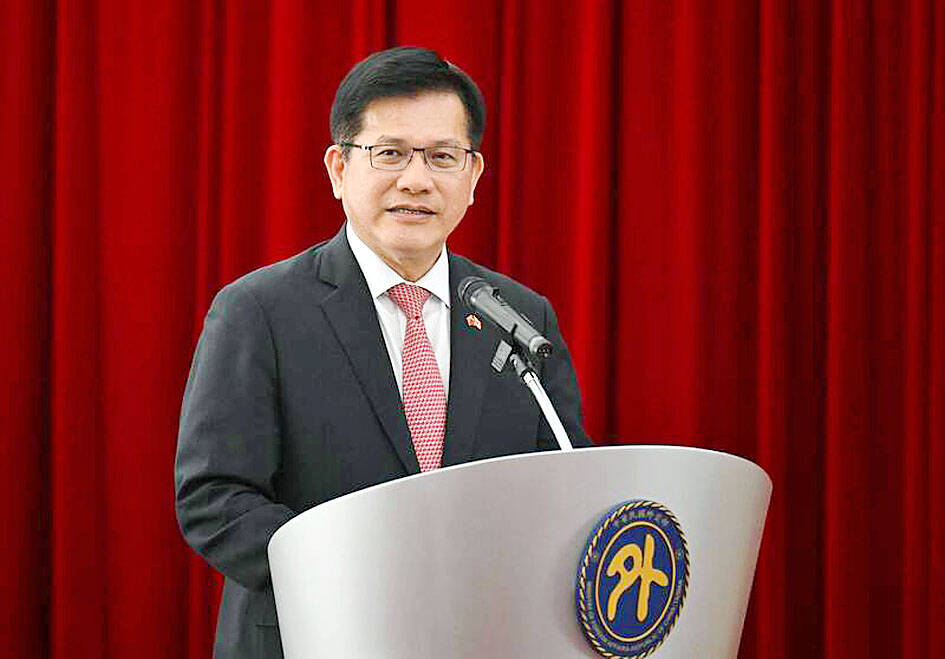
Photo: Taipei Times
Deputy Legislative Speaker Johnny Chiang (江啟臣) also led a legislative delegation to the ceremony.
The exhibition is part of events under the “European Taiwan Cultural Year” that Lin and Li jointly promoted.
It is the first time that the National Palace Museum has exhibited its cultural artifacts — including the iconic Jadeite Cabbage With Insects (翠玉白菜) sculpture and Along the River During the Qingming Festival (清明上河圖), a handscroll painting — in the Czech Republic.
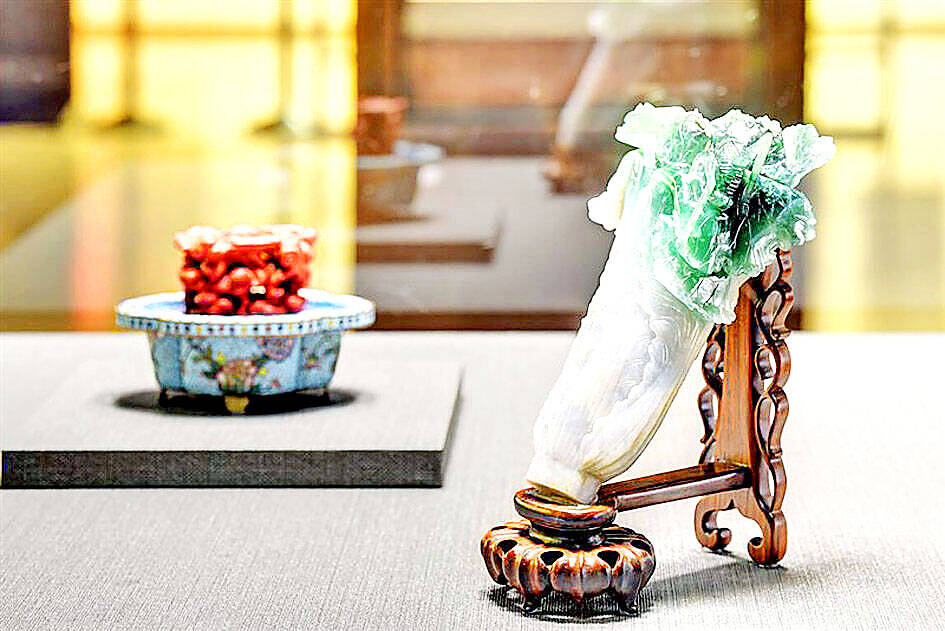
Photo courtesy of the National Palace Museum
The exhibition was made possible following amendments passed by Czech parliament.
Lin was reportedly scheduled to meet with Czech politicians, although the Ministry of Foreign Affairs was assessing whether details of the meetings would be made public.
Lin’s trip to Europe was described as an exchange between the two countries in the fields of economy, trade, technology and culture at higher government levels, a source familiar with the matter said.
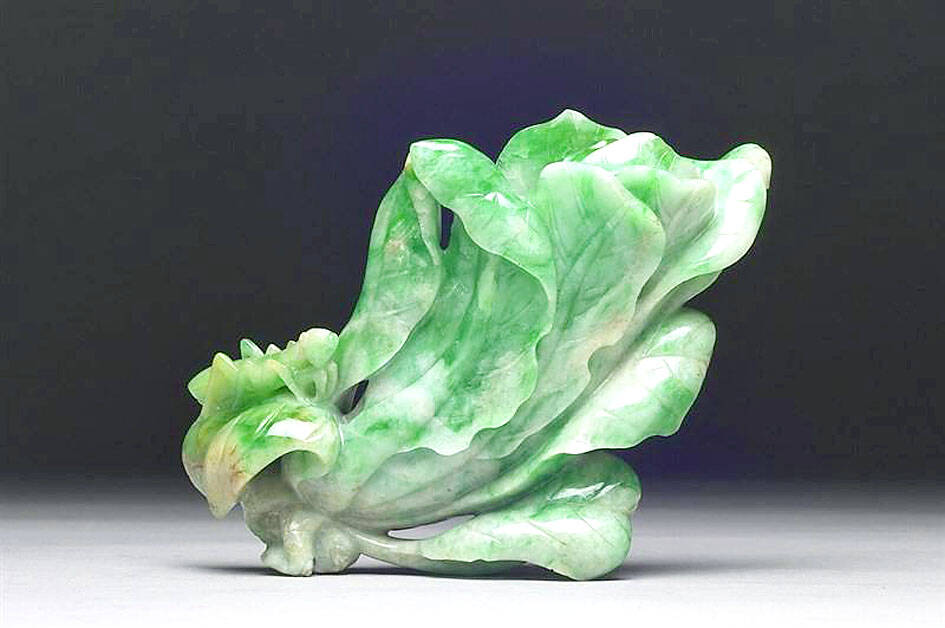
Photo courtesy of the National Palace Museum
Similar to his visits to Japan and the Philippines over the past few months, Lin did not disclose the itinerary of the European trip in advance and accepted all the arrangements made with the countries he had planned to visit to avoid interference from Beijing.
China’s Taiwan Affairs Office on Wednesday criticized the National Palace Museum’s exhibition in Prague, saying that the Democratic Progressive Party (DPP) government is using it to advocate Taiwanese independence and remove Chinese influence from Taiwan.
“Desinicization is never a problem in Taiwan, whether the country is governed by the DPP or the Chinese Nationalist Party (KMT),” Mainland Affairs Council (MAC) Deputy Minister and spokesman Liang Wen-chieh (梁文傑) told a news conference in Taipei. “China launched the Cultural Revolution in the 1960s that was aimed at destroying Chinese culture, while Taiwan helped preserve the essential content of Chinese culture and customs.”
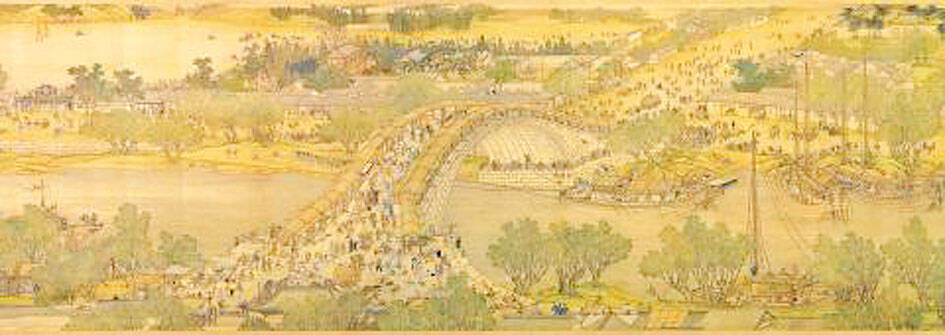
Photo courtesy of National Palace Museum
The Mazu Grand Ancestral Temple on Meizhou Island in China’s Fujian Province is a major pilgrimage site for devotees from across China, Taiwan and Southeast Asia, he said.
The temple was nearly destroyed during the Cultural Revolution and would not have been rebuilt if it were not for generous donations from Taiwanese, he said.
The temple, now managed by the Chinese Ministry of Culture and Tourism, charges visitors for entry, he added.
The National Palace Museum’s exhibition in Prague is a cultural exchange, as was the case when it organized exhibitions in France and other countries, Liang said.

MISINFORMATION: The generated content tends to adopt China’s official stance, such as ‘Taiwan is currently governed by the Chinese central government,’ the NSB said Five China-developed artificial intelligence (AI) language models exhibit cybersecurity risks and content biases, an inspection conducted by the National Security Bureau (NSB) showed. The five AI tools are: DeepSeek, Doubao (豆包), Yiyan (文心一言), Tongyi (通義千問) and Yuanbao (騰訊元寶), the bureau said, advising people to remain vigilant to protect personal data privacy and corporate business secrets. The NSB said it, in accordance with the National Intelligence Services Act (國家情報工作法), has reviewed international cybersecurity reports and intelligence, and coordinated with the Ministry of Justice Investigation Bureau and the National Police Agency’s Criminal Investigation Bureau to conduct an inspection of China-made AI language
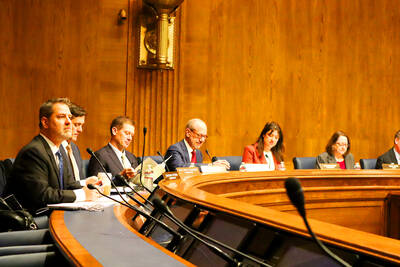
LIMITS: While China increases military pressure on Taiwan and expands its use of cognitive warfare, it is unwilling to target tech supply chains, the report said US and Taiwan military officials have warned that the Chinese People’s Liberation Army (PLA) could implement a blockade within “a matter of hours” and need only “minimal conversion time” prior to an attack on Taiwan, a report released on Tuesday by the US Senate’s China Economic and Security Review Commission said. “While there is no indication that China is planning an imminent attack, the United States and its allies and partners can no longer assume that a Taiwan contingency is a distant possibility for which they would have ample time to prepare,” it said. The commission made the comments in its annual
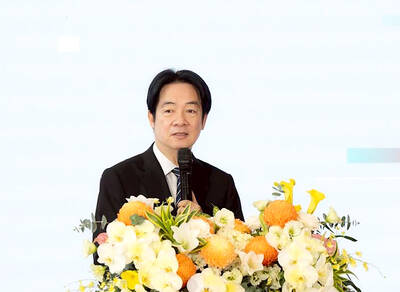
‘TROUBLEMAKER’: Most countries believe that it is China — rather than Taiwan — that is undermining regional peace and stability with its coercive tactics, the president said China should restrain itself and refrain from being a troublemaker that sabotages peace and stability in the Indo-Pacific region, President William Lai (賴清德) said yesterday. Lai made the remarks after China Coast Guard vessels sailed into disputed waters off the Senkaku Islands — known as the Diaoyutai Islands (釣魚台) in Taiwan — following a remark Japanese Prime Minister Sanae Takaichi made regarding Taiwan. Takaichi during a parliamentary session on Nov. 7 said that a “Taiwan contingency” involving a Chinese naval blockade could qualify as a “survival-threatening situation” for Japan, and trigger Tokyo’s deployment of its military for defense. Asked about the escalating tensions
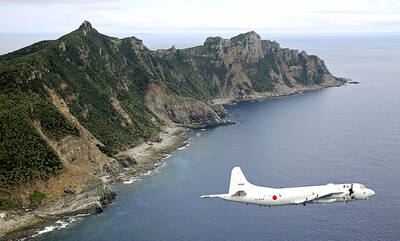
DISPUTE: A Chinese official prompted a formal protest from Tokyo by saying that ‘the dirty head that sticks itself out must be cut off,’ after Takaichi’s Taiwan remarks Four armed China Coast Guard vessels yesterday morning sailed through disputed waters controlled by Japan, amid a diplomatic spat following Japanese Prime Minister Sanae Takaichi’s comments on Taiwan. The four ships sailed around the Senkaku Islands — known as the Diaoyutai Islands (釣魚台) to Taiwan, and which Taiwan and China also claim — on Saturday before entering Japanese waters yesterday and left, the Japan Coast Guard said. The China Coast Guard said in a statement that it carried out a “rights enforcement patrol” through the waters and that it was a lawful operation. As of the end of last month,